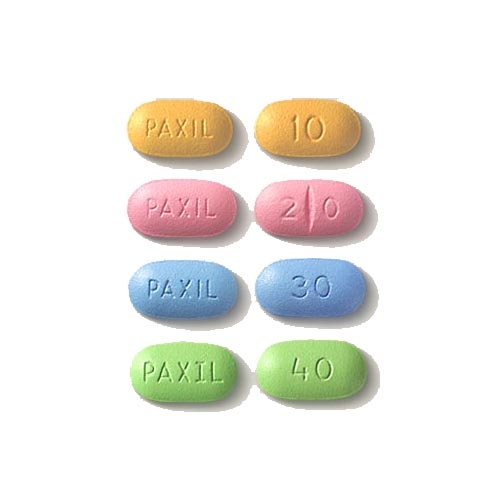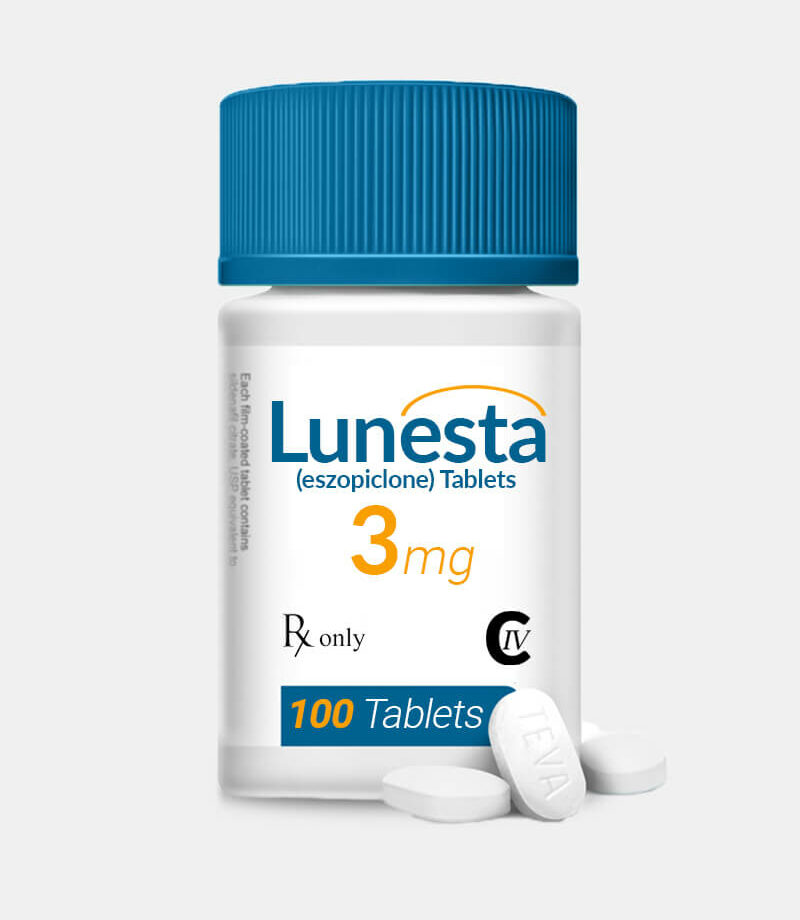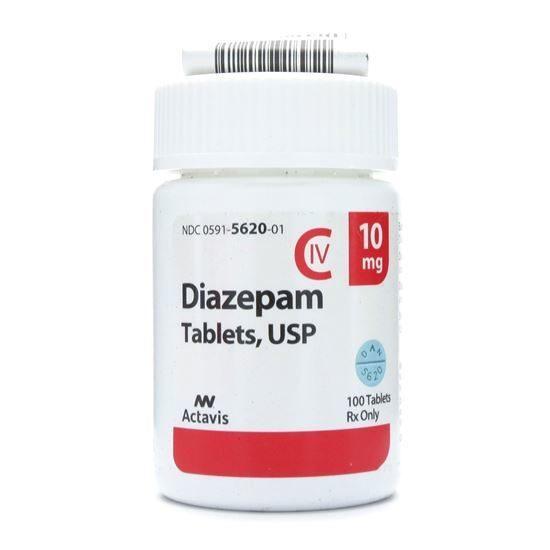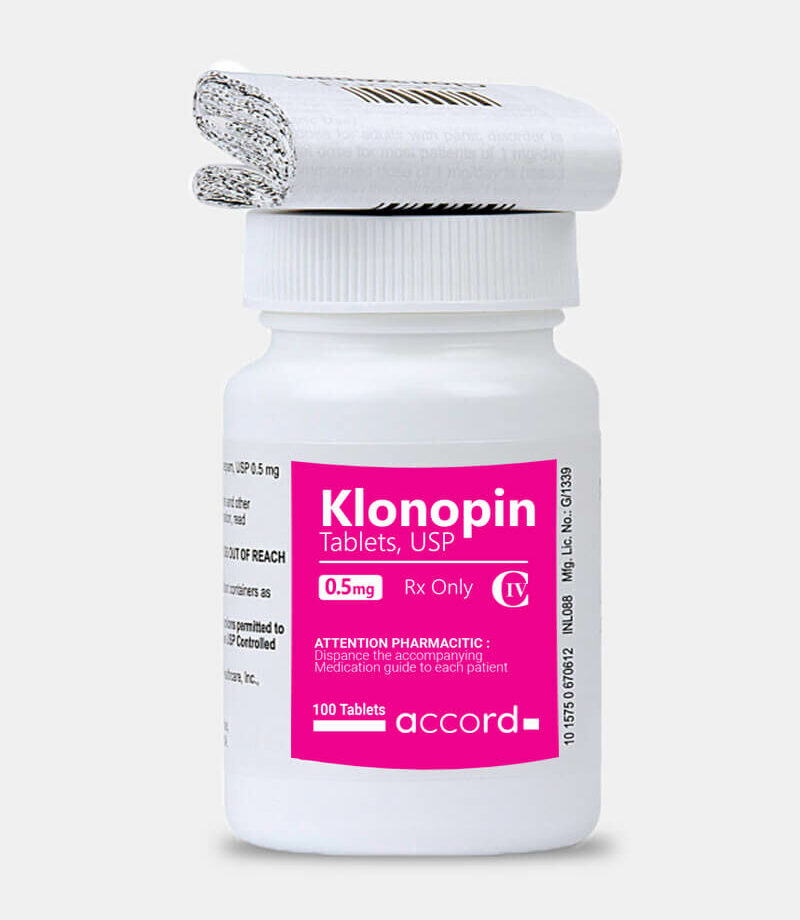How Paxil Works
Paxil’s primary action is increasing the availability of serotonin in the brain. Serotonin is a neurotransmitter that helps regulate mood, emotion, and behavior. In individuals suffering from depression, anxiety, or related disorders, serotonin levels may be lower than normal. By inhibiting serotonin reuptake, Paroxetine (the active ingredient in Paxil) prevents serotonin from being reabsorbed too quickly by nerve cells, ensuring that more serotonin remains in the brain.
This process can have a positive effect on mood and anxiety, often leading to significant improvements in the patient’s symptoms. It may take several weeks for Paxil to reach its full therapeutic effect, and patients may experience initial side effects as their bodies adjust to the medication.
Uses
Paxil is primarily used to treat the following conditions:
- Major Depressive Disorder (MDD): Paxil is used to alleviate symptoms of depression, such as persistent sadness, lack of interest in activities, and feelings of worthlessness.
- Generalized Anxiety Disorder (GAD): It helps reduce excessive worry and tension associated with GAD.
- Panic Disorder: Paxil can reduce the frequency and severity of panic attacks, which are often accompanied by symptoms like rapid heart rate, dizziness, and shortness of breath.
- Obsessive-Compulsive Disorder (OCD): It helps reduce the frequency and intensity of obsessive thoughts and compulsive behaviours.
- Social Anxiety Disorder (SAD): Paxil is effective in treating the overwhelming fear of social situations, which can interfere with daily functioning.
- Post-Traumatic Stress Disorder (PTSD): This medication can help patients manage the symptoms of PTSD, such as flashbacks, nightmares, and anxiety.
- Premenstrual Dysphoric Disorder (PMDD): Paxil can help alleviate the severe mood swings, irritability, and other symptoms associated with PMDD.
Benefits
The benefits of taking Paxil include:
- Improved mood: By regulating serotonin levels, Paxil can alleviate feelings of sadness, hopelessness, and irritability associated with depression and anxiety.
- Reduced anxiety: Paxil can reduce the symptoms of generalized anxiety, panic attacks, and other anxiety disorders, helping patients feel calmer and more in control.
- Decreased compulsive behaviours: In patients with OCD, Paxil can reduce the need to perform repetitive actions or rituals, leading to an improved quality of life.
- Better sleep: Paxil can help improve sleep patterns by reducing anxiety and depression-related disturbances.
- Overall improved functioning: By addressing the underlying symptoms of mood disorders, Paxil can help individuals regain interest in daily activities, socialize more effectively, and improve their overall quality of life.
Side Effects
Like all medications, Paxil may cause side effects in some people. These side effects may vary from mild to severe and go away once your body adjusts to the medication. Common side effects include:
- Nausea: Some people may experience an upset stomach or nausea when starting Paxil.
- Drowsiness or Fatigue: Paxil can cause drowsiness or a feeling of fatigue, particularly when the medication is first started.
- Insomnia: In some cases, Paxil can cause difficulty sleeping, especially if taken too close to bedtime.
- Sexual Dysfunction: Decreased libido, difficulty achieving orgasm, or erectile dysfunction can occur in some people taking Paxil.
- Dry Mouth: Some users may experience a dry mouth while on Paxil.
- Headaches: Headaches are a possible side effect of Paxil use.
- Weight Changes: Some individuals may experience weight gain or loss while on Paxil.
More serious side effects can include:
- Increased suicidal thoughts: Especially in younger patients, Paxil may increase the risk of suicidal thoughts or behaviors, particularly in the early stages of treatment.
- Serotonin Syndrome: A rare but serious condition caused by too much serotonin in the brain, characterized by symptoms like agitation, hallucinations, fever, muscle stiffness, and rapid heart rate.
- Hyponatremia: – Low sodium levels, which can cause confusion, weakness, and seizures.
If any of these serious side effects occur, seek medical attention immediately.
Recomandations for Use
- Dosage: Paxil is typically started at a low dose, and gradually increased to minimize side effects. The exact dosage depends on the treated condition and the patient’s response to the medication.
- Administration: Paxil should be taken exactly as prescribed by your healthcare provider. It can be taken with or without food, but it should be taken simultaneously every day to maintain consistent blood levels.
- Missed Dose: If you miss a dose, take it as soon as you remember unless it’s almost time for your next dose. Do not take two doses simultaneously to make up for a missed dose.
- Alcohol and Drug Interactions: Alcohol can increase the side effects of Paxil and should be avoided. Inform your doctor about any other medications to avoid dangerous interactions.
Safety Precautions
- Pregnancy and Breastfeeding: Paxil should only be used during pregnancy if the potential benefits outweigh the risks. It is also present in breast milk, so consult your doctor before using Paxil while breastfeeding.
- Children and Adolescents: Paxil is not approved for use in children under the age of 18, except for certain conditions like OCD. Close monitoring for suicidal thoughts is essential.
- Discontinuation: Do not stop taking Paxil suddenly, as this may cause withdrawal symptoms. Your doctor will guide you through a safe tapering process.
FAQs About Paxil
Can Paxil be taken with other medications?
Always inform your doctor about any other medications or supplements you are taking to avoid harmful drug interactions.
What should I do if I experience side effects?
If side effects are severe or persistent, consult your healthcare provider. They may adjust your dosage or recommend an alternative medication.
Is Paxil safe for long-term use?
Paxil is generally safe for long-term use when prescribed and monitored by a healthcare provider, but regular check-ups are important to ensure its ongoing effectiveness and safety.
How long does it take to deliver Paxil to the US?
International shipping of tablets to the US takes approximately 14 to 25 days. For domestic shipping, the estimated delivery time is up to 10 days.
Do I need a prescription to buy Paxil?
While we offer the option to buy tablets without a prescription internationally, we strongly recommend consulting your physician and seeking medical advice before taking any medication.
Important Note:
Purchasing Paxil (Paroxetine) online from USA-Pharmacy is simple and secure for US customers. It accepts trusted payment methods like Visa, Mastercard, and PayPal, which protect transactions and keep information safe. Customers benefit from guaranteed delivery, with a full refund offered if orders do not arrive as expected, fostering trust in online medication purchases. Responsive customer support is available via email at [email protected], typically responding within 48 hours to any medication or order status question.







